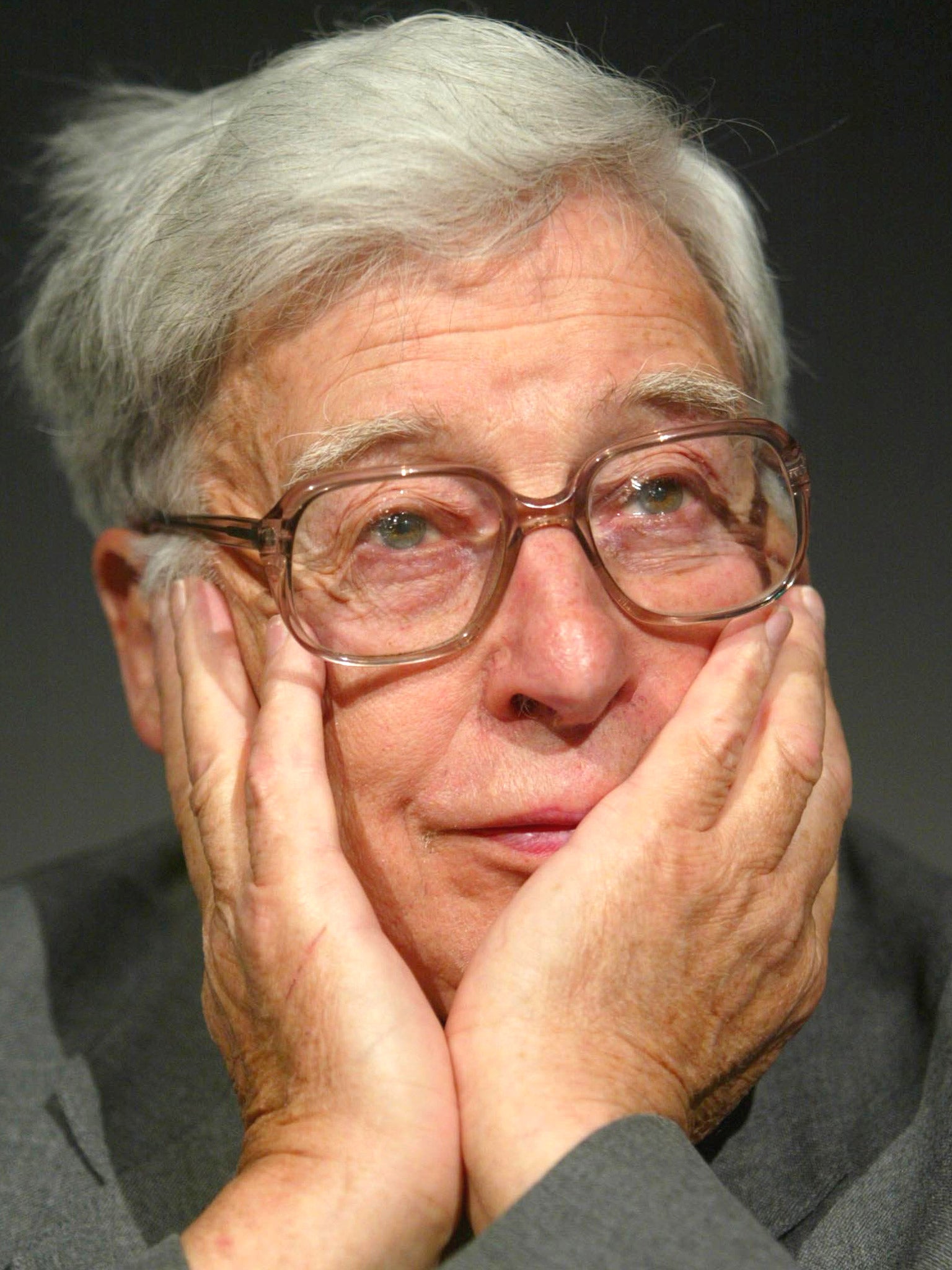Sir Robert Edwards: Co-pioneer of the IVF technique whose work led to the first test-tube baby

Robert Edwards was the fertility pioneer whose work has led to the birth of more than five million children to couples who would otherwise not have been able to conceive. After more than 20 years of development, the In-Vitro Fertilisation (IVF) technique, developed by Edwards and his colleague Dr Patrick Steptoe, resulted in the birth of the first "test-tube baby" in 1978. The technique has since become commonplace and is now used in the conception of some one to two per cent of babies in the Western world.
Edwards was born in Batley, Yorkshire in 1925. He was educated at Manchester Central High School and enlisted for military service in 1944, for four years. Following demob, he obtained a degree in biological sciences at Bangor. Further studies at Edinburgh led to a doctorate, awarded in 1955.
It was in the same year that he began work on human conception, taking 13 years to get to the stage of fertilising an egg in the laboratory. Recalling that Eureka moment, by now at Cambridge University, he said, "I'll never forget the day I looked down the microscope and saw something funny in the cultures... I looked down the microscope and what I saw was a human blastocyst gazing up at me. I thought: 'We've done it'."
It was then that he began work with Dr Patrick Steptoe, a gynaecologist. Their early research led to a pregnancy in 1976 which was ectopic – outside of the womb – and which did not result in a live birth.
Lesley and John Brown had been trying to conceive for nine years and were referred to Dr Steptoe in 1976. On 10 November of the following year, Steptoe extracted an egg from one of Lesley Brown's ovaries. Edwards mixed the egg with sperm from John Brown and placed the fertilised egg into a special solution that the two colleagues had developed.
Instead of waiting for four to five days, as they had done previously, they decided to implant the egg into Lesley Brown's uterus after just two-and-a-half days. The procedure was successful and the expectant mother was monitored closely over the next nine months.
When the time came, Lesley Brown had to give birth in secret because of attention from the media – and because of the still controversial nature of the IVF process. Her baby, Louise Joy Brown, was born on 25 July 1978 at 11.47pm, weighing 5 pounds and 12 ounces.
Speaking later about the experience, Lesley Brown said: "I'm just so grateful that I'm a mum at all, because without IVF I never would have been – and I wouldn't have my grandchildren." Louise has since gone on to become a mother herself, without requiring IVF.
Realising the potential for helping many more infertile couples, the pair founded the Bourn Hall Clinic in 1980. Ten thousand babies have since been born to parents as a direct result of the work at that clinic. Mike Macnamee, the current chief executive of Bourn Hall, described Edwards as "one of our greatest scientists".
Additional work by Edwards and Steptoe over the following half decade led to the use of cryobiology techniques in the IVF process. Using these methods allowed an embryo to be frozen for later implantation.
Edwards was awarded the Nobel Prize for Medicine in 2010 and said at the time, "Nothing is more special than a child. Steptoe and I were deeply affected by the desperation felt by couples who so wanted to have children." By that time, more than four million children had been born using the techniques developed by Edwards and Steptoe. Edwards was made a CBE in 1988 and knighted in the Queen's Birthday Honours in 2011.
Edwards' work remains controversial in some sectors. The Catholic Church, for example, opposes IVF because it believes that it destroys more life, as unused embryos, than it creates. Funding cuts in the NHS mean that in some areas IVF is now rationed, so that not all are able to benefit from Edwards' work.
Peter Braude, professor of obstetrics and gynaecology at King's College London, praised Edwards' contribution to science, saying: "Bob's boundless energy, his innovative ideas, and his resilience despite the relentless criticism by naysayers, changed the lives of millions of ordinary people who now rejoice in the gift of their own child."
Professor Lisa Jardine, Chair of the Human Fertilisation and Embryology Authority, which oversees this area of science, told The Independent:
"Many thousands of families have benefited directly from IVF since the birth of Louise Brown in 1978. However, fertility treatment was not always as readily accepted as it is today – and had it not been for Bob's scientific innovation and his passionate commitment to ensuring the technology was made available to all those who needed it, many parents would have been left childless.
"Few scientists can say that their work has impacted on mankind in such a meaningful way. He was an exceptional man whose compassion and tenacity will be dearly missed."
Marcus Williamson
Professor Sir Robert Geoffrey Edwards, scientist: born Batley, Yorkshire 27 September 1925; married 1956 Ruth Fowler (five daughters); died 10 April 2013.
Join our commenting forum
Join thought-provoking conversations, follow other Independent readers and see their replies
Comments